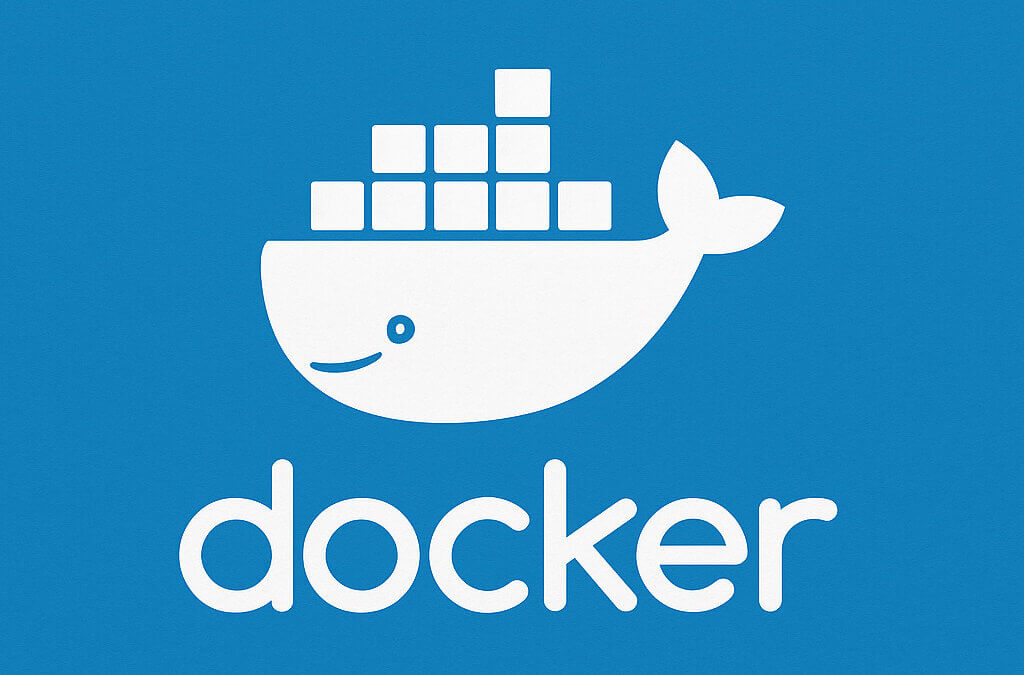Learn how Docker works from a Windows Server admin’s perspective. Discover what containers are, how they compare to virtual machines, and get the top 10 Docker commands you need to start working with containers.
Docker for Former Windows Server Admins: A Beginner’s Guide to Containers with the Top 10 Docker Commands
If you’re a seasoned Windows Server administrator stepping into the world of containerization, Docker might sound like a buzzword. But the reality is: Docker is the next logical step in modern infrastructure. This article is tailored specifically for professionals coming from a Windows Server, Hyper-V, or PowerShell background.
What Is Docker – Explained for Windows Admins
Docker allows you to run software in containers — isolated environments that are lightweight, fast, and repeatable. Think of containers as services or apps running in their own boxes, without the overhead of a full-blown virtual machine.
Here’s how Docker concepts align with familiar Windows Server components:
| Docker Concept | Windows Admin Equivalent |
|---|---|
| Container | Service or isolated process |
| Image | VHD, system backup, or install image |
| Dockerfile | Unattended install script or setup configuration |
| Volume | Shared folder, mounted drive, persistent disk |
| Port Mapping | NAT / port forwarding / firewall rule |
| Docker Compose | Batch script or SC-managed service group |
| Docker Registry | Network share or ISO/image storage |
Why Docker Over Virtual Machines?
VMs are heavy. You need a full OS, configuration time, and lots of resources.
Containers are lightweight and efficient.
Benefits of Docker:
- Fast: Start in seconds, not minutes.
- Small: Containers are MBs, not GBs.
- Portable: Run on any OS, any cloud.
- Repeatable: Reuse environments with Dockerfiles.
- Isolated: No dependency conflicts between apps.
Real-World Example
Let’s say you want to run a web server.
Traditional Windows Approach:
- Install Windows Server
- Add IIS role or install Apache
- Open firewall ports
- Configure storage
- Write scripts to manage services
Docker Approach:
- docker run -d -p 80:80 httpd
Done. Apache runs in seconds, isolated and ready. You can remove it just as easily.
Top 10 Docker Commands You Need to Know
- docker ps
- docker ps -a
- docker start <container_id_or_name>
- docker stop <container_id_or_name>
- docker rm <container_id_or_name>
- docker run -d -p 8080:80 nginx
- docker images
- docker rmi <image_id_or_name>
- docker build -t myimage .
- docker logs <container_id_or_name>
Bonus: Clean Up Everything at Once
Stop and delete all containers:
- docker stop $(docker ps -q) && docker rm $(docker ps -a -q)
Stop all containers and remove all containers and images:
- docker stop $(docker ps -q) && docker rm $(docker ps -a -q) && docker rmi $(docker images -q)
How to Learn Docker Faster (with Windows Skills)
Use what you already know:
- Dockerfiles = your PowerShell setup scripts
- Docker Compose = your service orchestration
- Volumes = persistent drives or UNC paths
- Containers = modular, disposable services
Try running familiar software in Docker:
- mcr.microsoft.com/mssql/server
- nginx
- httpd
- redis
Each one deploys in seconds, no installation, no config hell.
Conclusion
Docker isn’t a black box. As a Windows Server admin, you already understand services, isolation, and deployment. Docker just makes all of that faster, cleaner, and portable.
You’ve built environments with Group Policies, automated with PowerShell, and managed complex infrastructures. Docker is simply a new, smarter tool in your toolbox.
Try it today — and start with the 10 commands above. Containers will soon feel just as natural as managing a Windows service.

